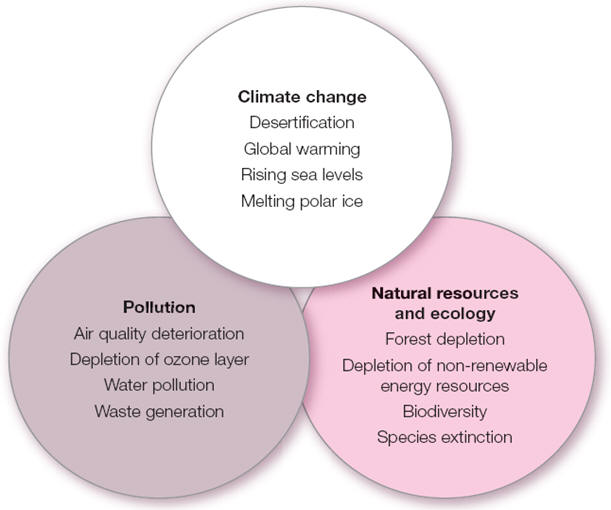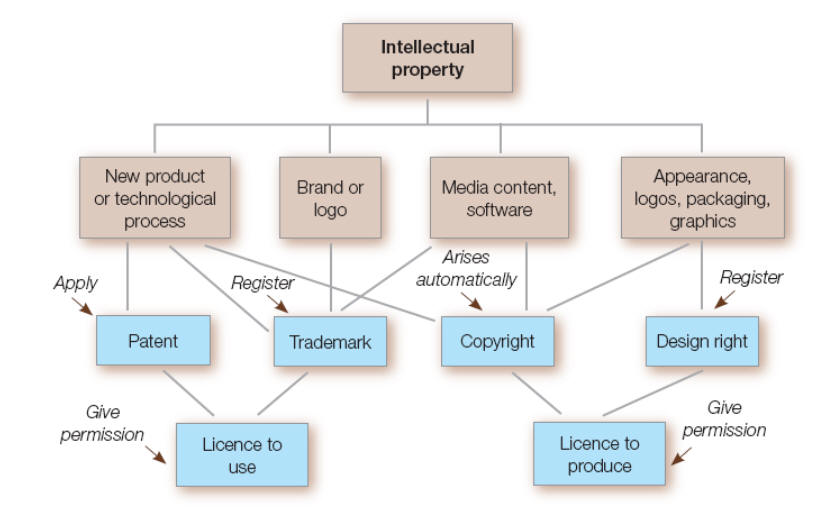How
sustainable is Singapore’s combination of a market economy and authoritarian
political rule?
This is an interesting issue in general, relevant in a number of emerging
economies, not simply Singapore. Singapore has benefited economically from
its openness to foreign investors, and its entrenched political
establishment has been able to claim credit for continued prosperity.
However, rising inequality is now a cause of concern, and could lead to a
breakdown in the consensus which has characterized the society. In addition,
the preferential treatment accorded foreign businesses over local ones has
led to a rise in political dissent, surfacing on the internet.
It is arguable that the paternalistic state, which has been responsible for
Singapore’s economic development, is now seen more negatively, as a
constraint on society. Any economic downturn, as is now engulfing states
globally, can lead to a questioning of the government’s policies. The
general issue is whether the growth of economic freedom logically leads to
calls for greater political freedom. Often, calls for democracy come from
the more educated and outward-looking sections of society. However, dissent
can also grow among numerous social groups, including, for example, young
people who find it hard to get jobs. If prosperity is not evenly spread in
the society, this adds to the pressure on authoritarian governments.
What recommendations would you make to the Singapore government to
maintain global competitiveness?
-
The
government is seeking to create centres in biotechnology research, which
will enhance its competitiveness. However, local spillovers seem to be
few, as the policy has been to attract scientists from abroad. Perhaps,
the government should look to encouraging local academic research: given
the number of academic institutions, it would seem long overdue to
encourage local excellence. Perhaps, local firms would then emerge,
which could benefit from links with foreign investors.
-
Singapore
needs to encourage more entrepreneurs to come forward and start
businesses. These would create jobs which could be filled by the highly
qualified local workforce. This policy would also raise the city-state’s
innovation capacity.
-
The
Singapore government recognizes the drawbacks of the restrictions on
civil society and the perception of intrusive restrictions on social
activities. Lifting restrictions would be popular, but the government is
concerned about opening up political dissent. If social and political
instability were to emerge, this would certainly be a deterrent to
would-be foreign investors, whom the government has prioritized. The
government is therefore faced with a dilemma. Dissent is likely to
spread, whatever it does.
 |
What are the key
elements of Martek’s approach to innovation, and in what ways is its
innovation strategy linked to entrepreneurship?
|
Martek Marine operates in an
internationally regulated industry, which is safety and other equipment
for the shipping industry. In safety and environmental
monitoring, regulations are constantly changing the standards, and new
products are constantly needed. The company is highly attuned to the
changes in
international conventions (instruments of international law) which
affect the industry, aiming to have products available which anticipate
future changes. This
strategy stems from the founders’ entrepreneurial approach to the
business. As a start-up, they linked technological expertise with
marketing strategy designed to suit customers’ needs.
 |
What
are the core competencies of Martek, and what are its sources of
competitive advantage? |
Students should first recall these
theories from Chapter 7. Martek’s core competencies would be their
technological expertise in their specialist area, including design and
operational know-how. Drawing on the resource-based view of the firm,
this company has physical resources (its plant and machinery); human
resources (its skills and expertise) and organizational resources (its
corporate culture and networks of relations). Its CSR policy and close
links with customers and other stakeholders are also sources of
competitive advantage.




